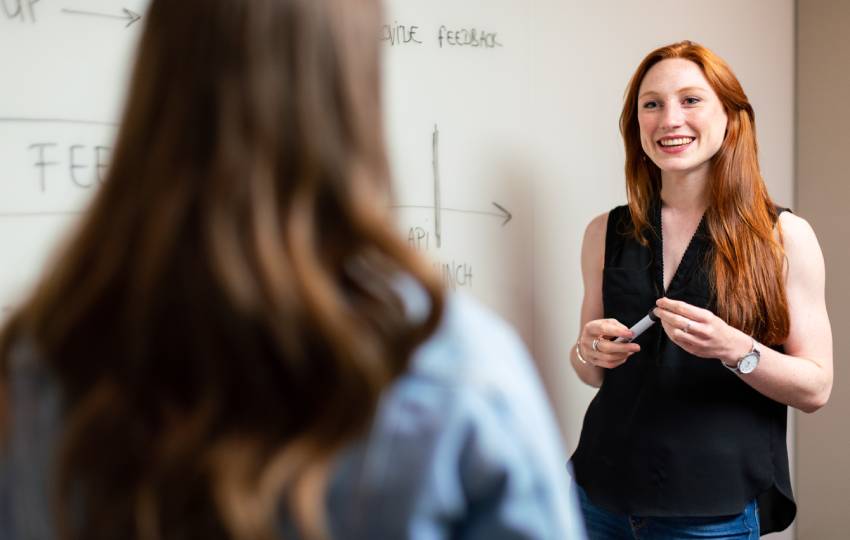An interesting communication titled “Fostering Entrepreneurial Mindset and Innovation in a Cross-Listed Science and Engineering Course” was presented in the ASEE (American Society for Engineering Education) virtual conference in 2020 by Dr. Bahram Roughani, from Loyola University Maryland. The author talked about a new course on Technical Innovation and Entrepreneurship, implemented in Loyola University Maryland, considered a cross listed course by Physics, Computer Science and engineering. In this course students were introduced to innovation and entrepreneurial mindset through the “User Innovation” concept. The impact of user innovation is expanding because of the unique opportunities provided to users through knowledge economy. Some of the well-known user innovators success stories include companies as the GoPro, Dropbox and Airbnb. Nevertheless, the role of user innovation is not confined to software or consumer products and services.
This course introduces Innovation and Entrepreneurship (I&E) concepts in context of students’ passion and their personal experience instead of using theoretical definitions. This way students were engaged in active learning practices that guide them through a journey, starting with “User Innovation” module and ending with a team project. During this process, students must identify desires and needs, pains and constraints, between other issues, concluding with a prototype developed by a team that represents the solution to the student initial defined problem. During all process, the members of the team work in collaboration for launching a startup based on the “product” created by them. At the end the success of the team project is measured by the quality of the prototype created, ability to adhere to a project timeline, quality of the written project report, the oral presentation, and the team project portfolio.
The students enrolled in the course are instructed with a guide of several steps:
Step1 – What’s the problem (Top 10 Pains)
Step 2 – Self- Assessment of Top 10 Pains
Step 3 – Top 3 Pains
Step 4 – Self-assessment of top three pains
Step 5 – Selecting a problem to solve that matches your skills
Step 6 – Self- Assessment
Step 7 – Who shares your pain
Step 8 – Conducting Interviews
Step 9 – Co-forming the problema
Step 10 – Idea Pitch and Team Formation
Step 11 – Innovation Diffusion
Step 12 – User Innovation Reflections
Arminda Maria Finisterra do Paço, Ph.D
University of Beira Interior

